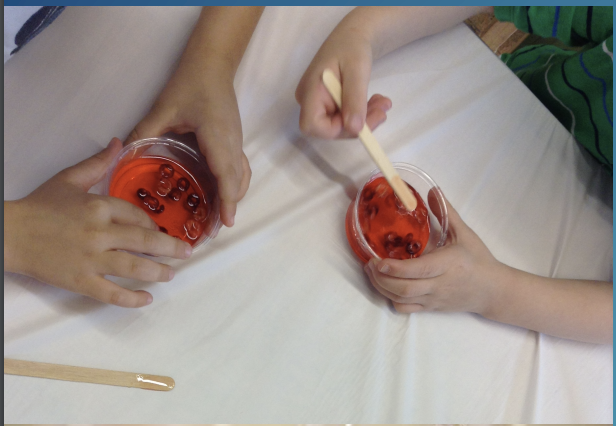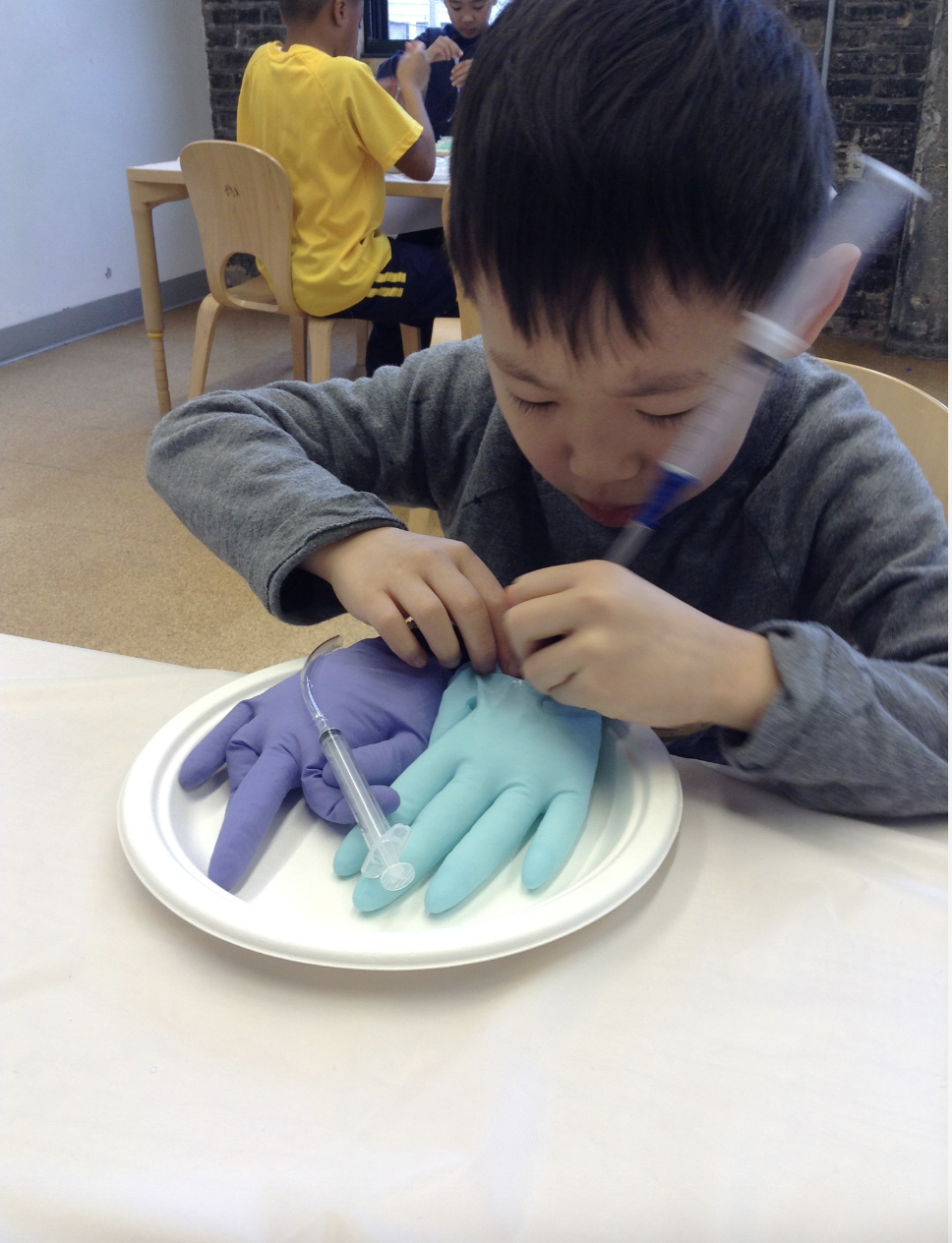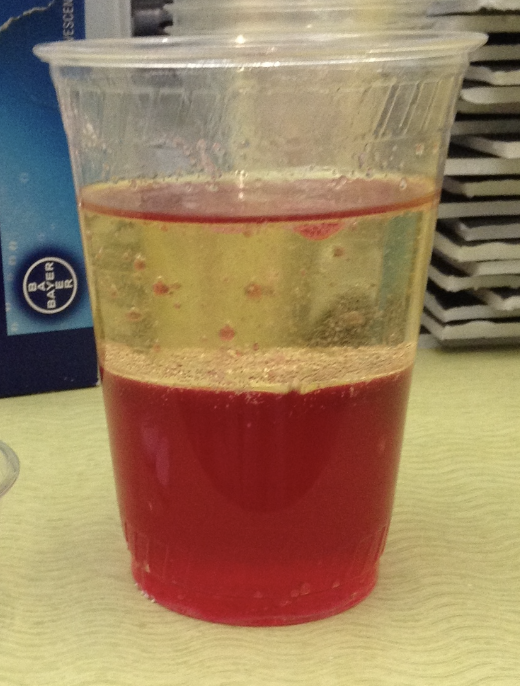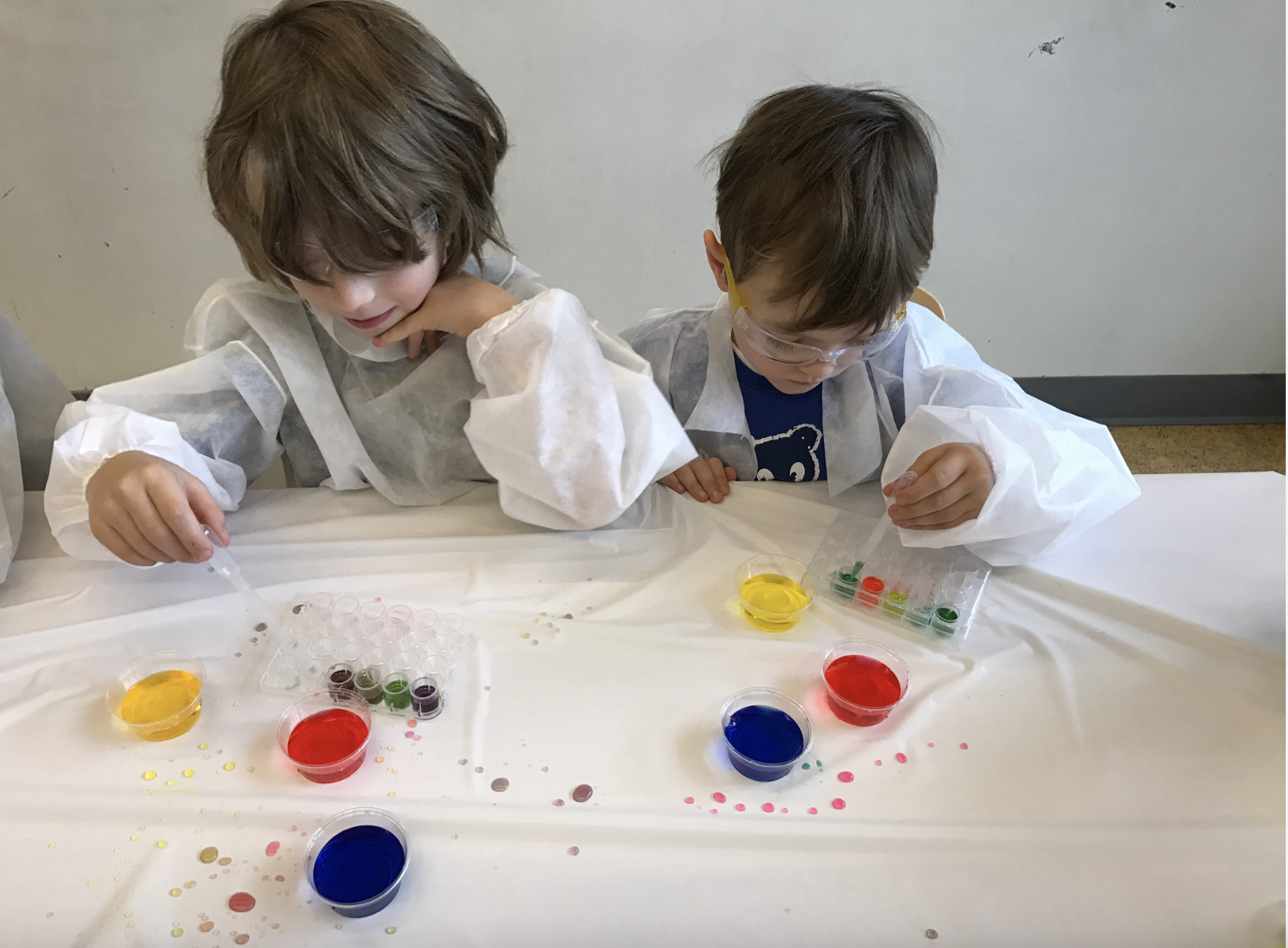Modern Medicine powers Summer Camps in Chicago for Kids
Summer Camps should be fun, but they also should empower kids to build a better future tomorrow, so students attending Kids Science Labs are studying hematology in Med School for Kids in our Chicago Summer Camps.
Young Scientist in Winter Camp safely practicing extracting “blood” {red filter water} through skin {saran wrap}
How do we accelerate careers in STEM for Kids, using Summer Camps?
At Kids Science Labs, we try to help our scholars see that modern medicine is accessible by them, while deliver real science with real situations that build a better understanding of how the things work in their world. Today, we explored blood types, blood physiology and its critical components, and even tested for features of blood, just like students may see when the visit their pediatrician. It all starts with a basic understanding that our bodies have this wonderful liquid called blood, that is pumping through our bodies with oxygen, nutrients, and carrying hormones that help us communicate with our various parts of our body.
How to Boost Kids’ Interest in Modern Medicine, starting in elementary school?
There is no need to wait until post-secondary education for Your child to explore the various components of blood (plasma, platelets, white and red blood cells, various nutrients and minerals). Our Summer Camps in Chicago are design to build knowledge and skills now, when they are most curious and imaginative and before the system reduces their imagination. In our Summer Camps in Seattle they may have practiced extracting and testing blood samples using 24-well plates and simple science tools as shown, such as pipettes. Learning that not all blood is the same, but that all blood contains similar features and constituents is a critical learning vehicle for knowing how the body works. Kids know they have blood, but don’t realize that it serves such critical roles in our bodies.
As a part of the wonderful experience at Kids Science Labs, many of our scholars explored how the blood flows around the body or “circulates” and performed tests to better understand how blood delivers critical information through the process of diffusion from our brains to our feet and everywhere in between.























